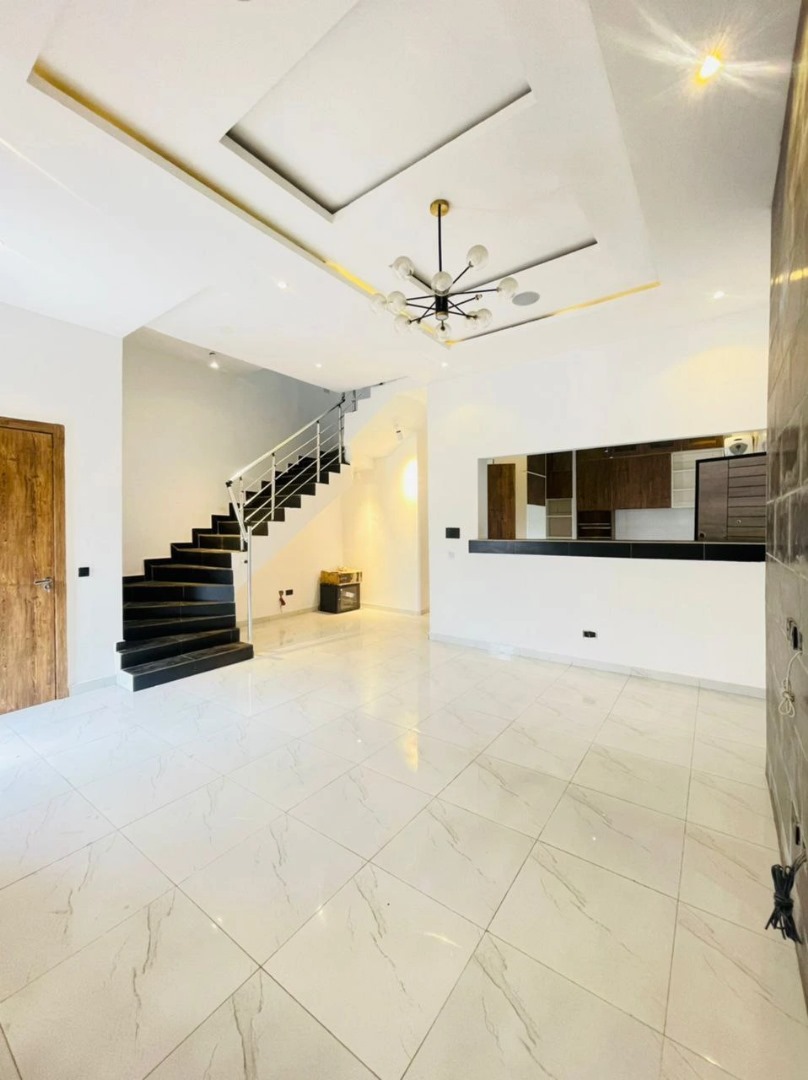
Have you ever marveled at the sight of a breathtaking décor? Do you feel the urge to own the place? It does feel like you are home already. The beauty and the awe are what make a home or any living space what it is. Visitors feel at home when standing at a place that has got the right style, right vibe, and the right fabulous taste.
Introduction
Interior designs are known to be outlines or plans of a work of art, edifice, or machine; when constructed in finesse and placed to be adorned by the eyes of the beholder. No structure can be without interior decoration.
Types of Home Interior Design
There are lots of home interior designs out there that are birthed due to many reasons. However, we will only list a few.
Modern interior designs
Modern interior design often features clean lines, a neutral color palette, and a focus on functionality. Elements like open spaces, minimalistic furniture, and strategic use of technology contribute to a sleek and contemporary look. Consider incorporating natural materials and ample lighting for a harmonious and inviting atmosphere.
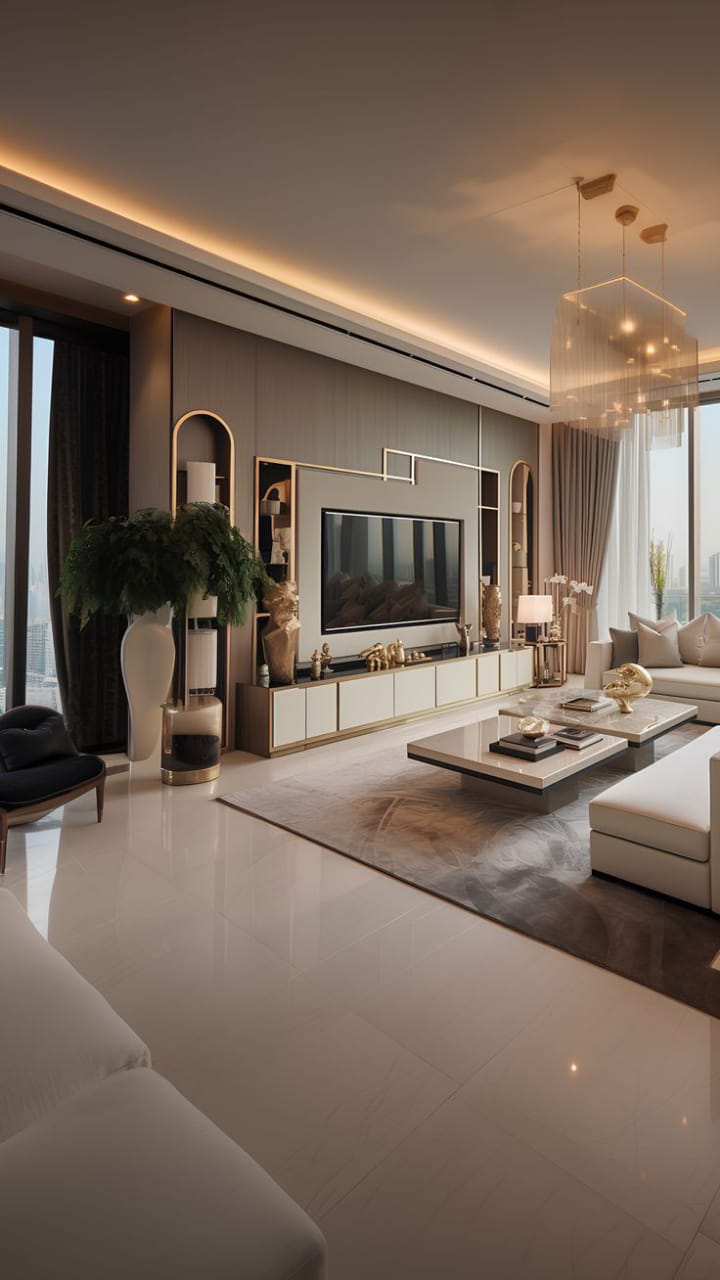
Contemporary interior designs
This embraces current trends, blending various styles and influences. It often includes a mix of modern and traditional elements, creating a dynamic and eclectic space. Neutral colors prevail, but bold accents and unique art pieces are common. Flexibility and a focus on comfort are key aspects, allowing for personal expression within a cohesive design scheme.
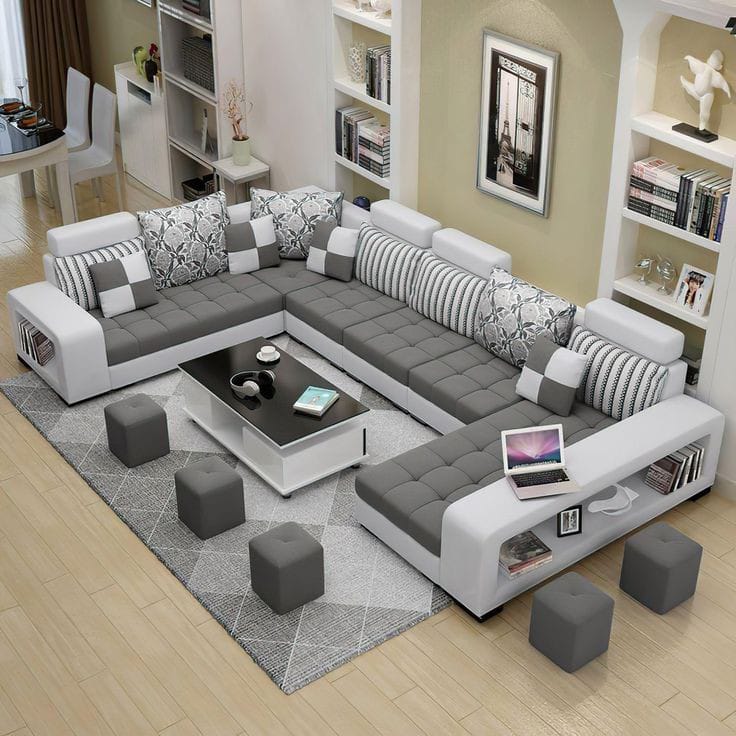
Art modern interior designs
In the context of art typically refers to a style that emerged in the late 19th and early 20th centuries. It is characterized by simplicity, clean lines, and a focus on function. This style often avoids excessive ornamentation, creating a sleek and uncluttered look.
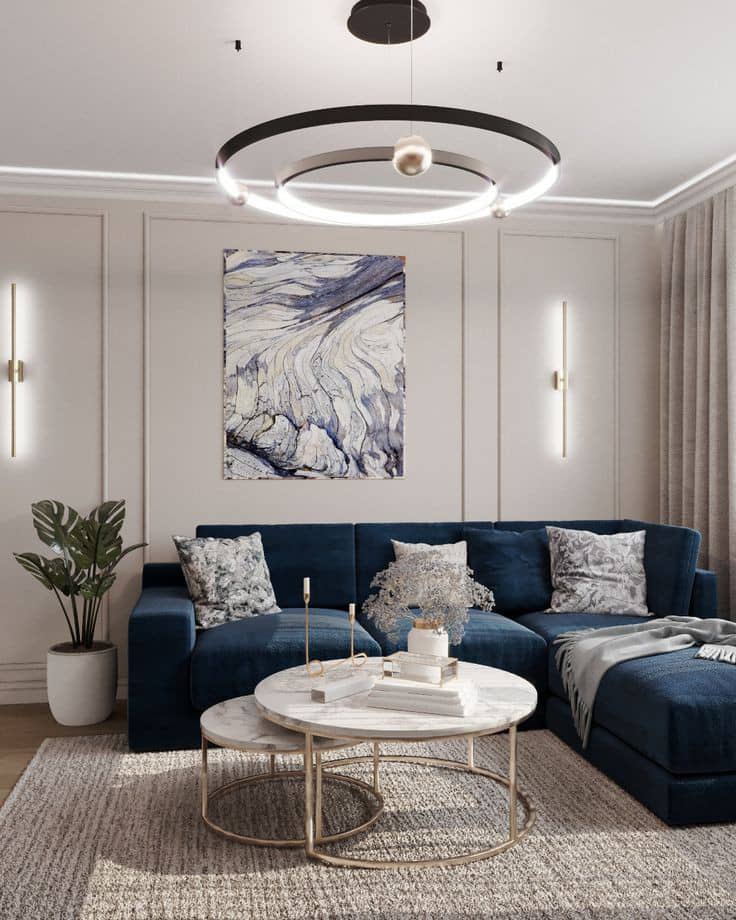
Mid Century interior design
This refers to a style that became popular from the mid-1940s to the mid-1960s. It is characterized by a blend of simplicity, functionality, and an integration of natural elements. Key features include clean lines, organic shapes, and a mix of traditional and non-traditional materials. Furniture pieces from this era often have a timeless quality and may include iconic designs. Colors are typically warm and earthy, with a focus on incorporating nature into the living space.
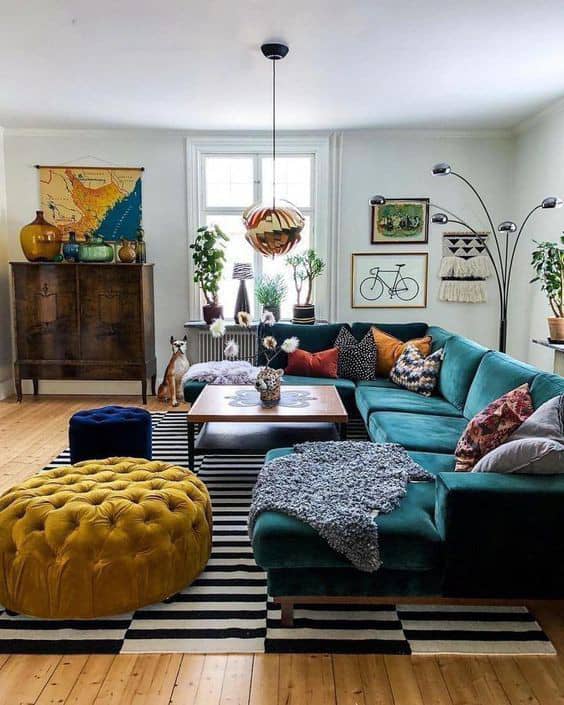
Minimalist interior designs
This is a style characterized by simplicity, functionality, and the use of a minimal number of elements. It focuses on essential elements and avoids unnecessary ornamentation or excess. Key features of minimalist design include clean lines, a neutral color palette, and a sense of open and uncluttered spaces. Furniture and decor items are often selected for their practicality and functionality, contributing to a streamlined and serene atmosphere.
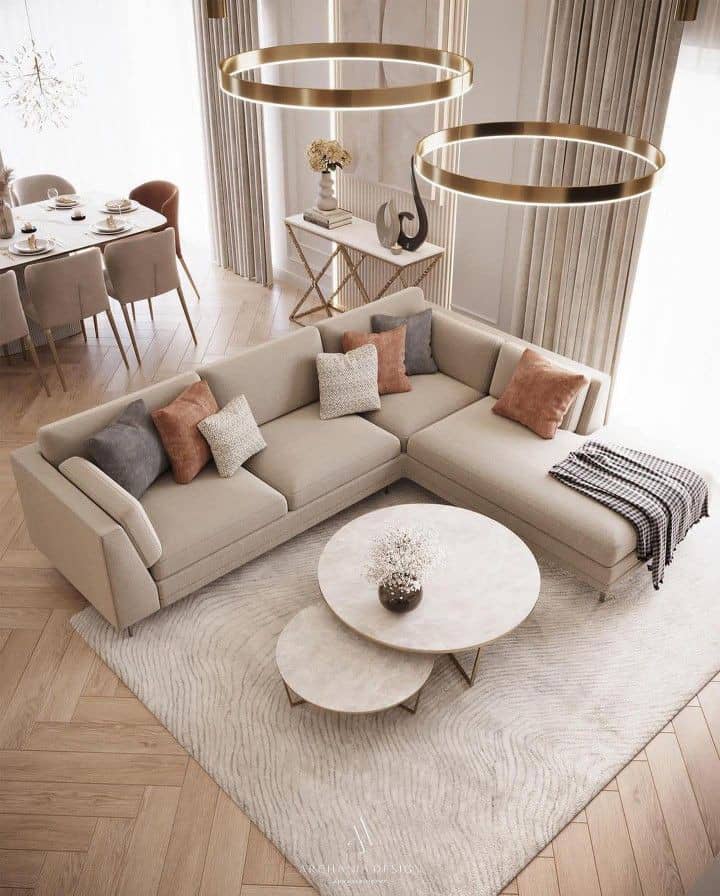
Scandinavian interior design
Often referred to as Nordic design, originates from the Scandinavian countries—Denmark, Norway, Sweden, Finland, and Iceland. Key characteristics include simplicity, functionality, and a connection to nature. Some features of Scandinavian design include light and neutral colors, clean lines, natural materials, functional furniture, hygge concept, natural light, minimalist decor.
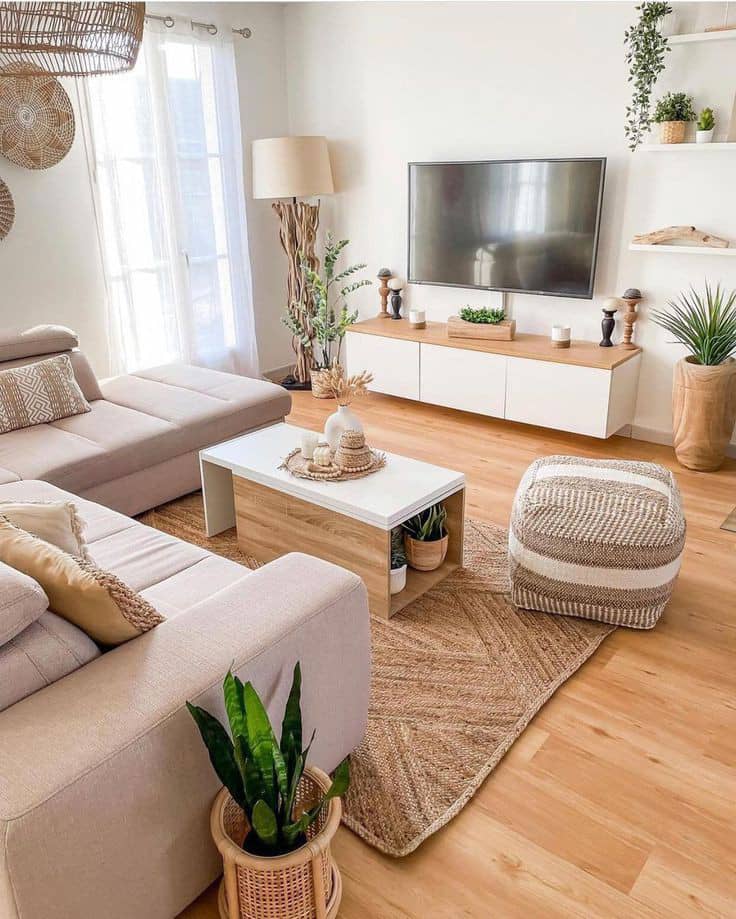
Shabby Chic interior designs style
This is a style that embraces a worn, aged, and distressed look to create a charming and lived-in atmosphere. Key features of shabby chic design include distressed furniture, soft color palette, vintage elements, mismatched pieces, feminine touch, weathered finishes, comfortable fabrics. Shabby Chic design aims to create a relaxed and comfortable space with a vintage and romantic charm.
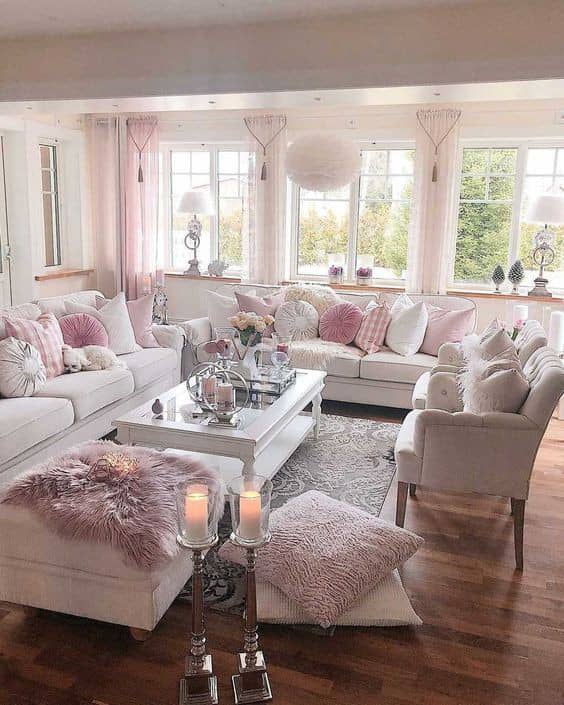
Eclectic interior designs
This is a style that draws inspiration from various sources, combining different elements, patterns, and styles to create a unique and personalized look. Key features of eclectic design include mix of styles, bold color palette, varied textures, unconventional pairings, open-mindedness. Eclectic interiors reflect the individual tastes and interests of the homeowner, resulting in a space that is dynamic, expressive, and full of character.
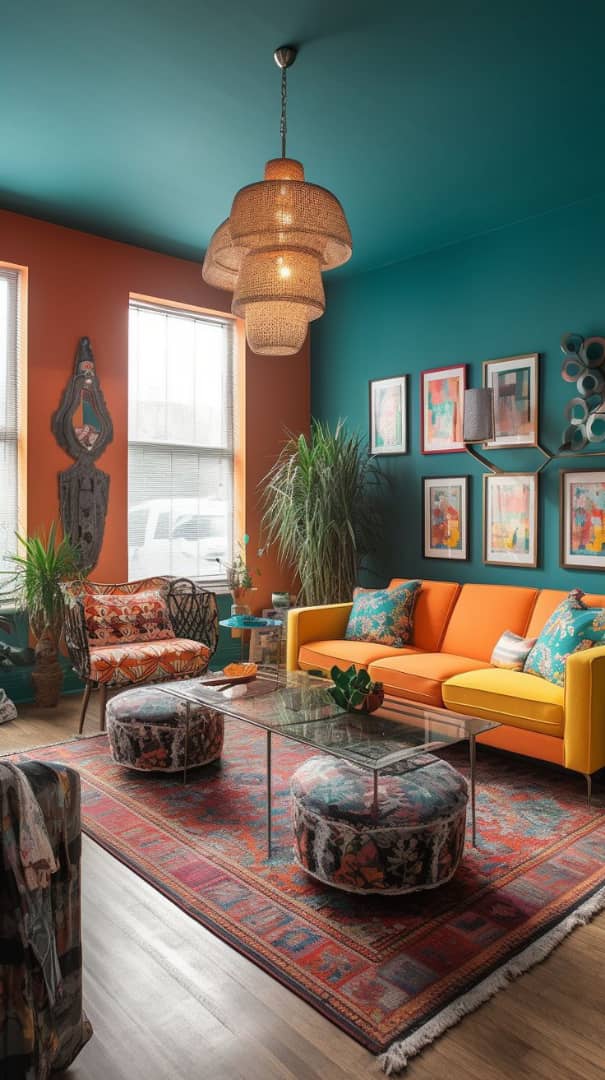
Industrial interior designs
This draws inspiration from the raw, unfinished look of industrial spaces like warehouses and factories. Key features of industrial design include raw materials, open spaces, metal elements, neutral color palette, utilitarian furniture, reclaimed wood, exposed pipes and ducts, vintage lighting. Industrial interior design often balances the roughness of industrial elements with more polished or comfortable features, creating a stylish and urban aesthetic.
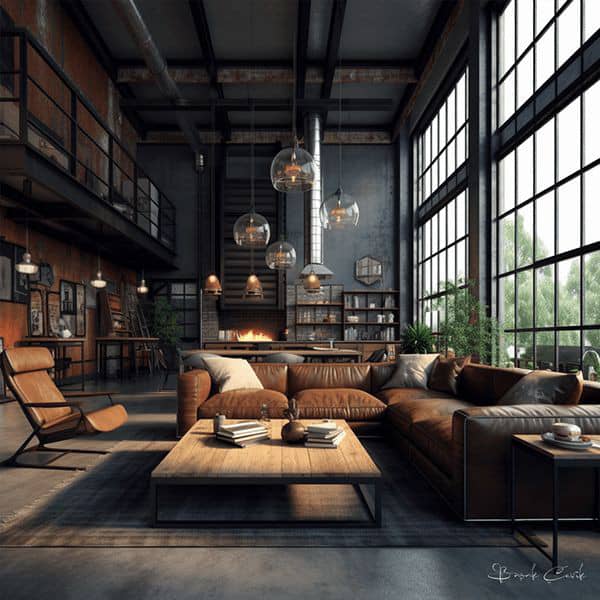
Other interior designs are,
- Art deco interior designs style
- Farmhouse interior designs
- Boho-Bohemian interior designs
- Coastal interior designs
- French country interior designs
- Hollywood Glam interior designs
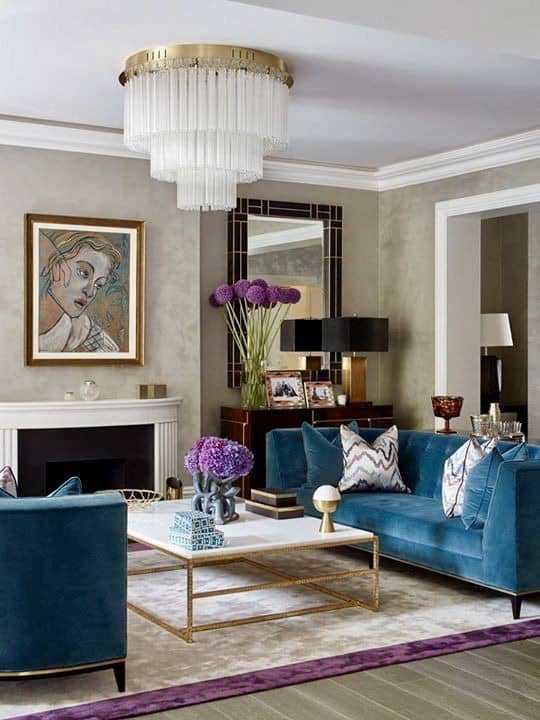
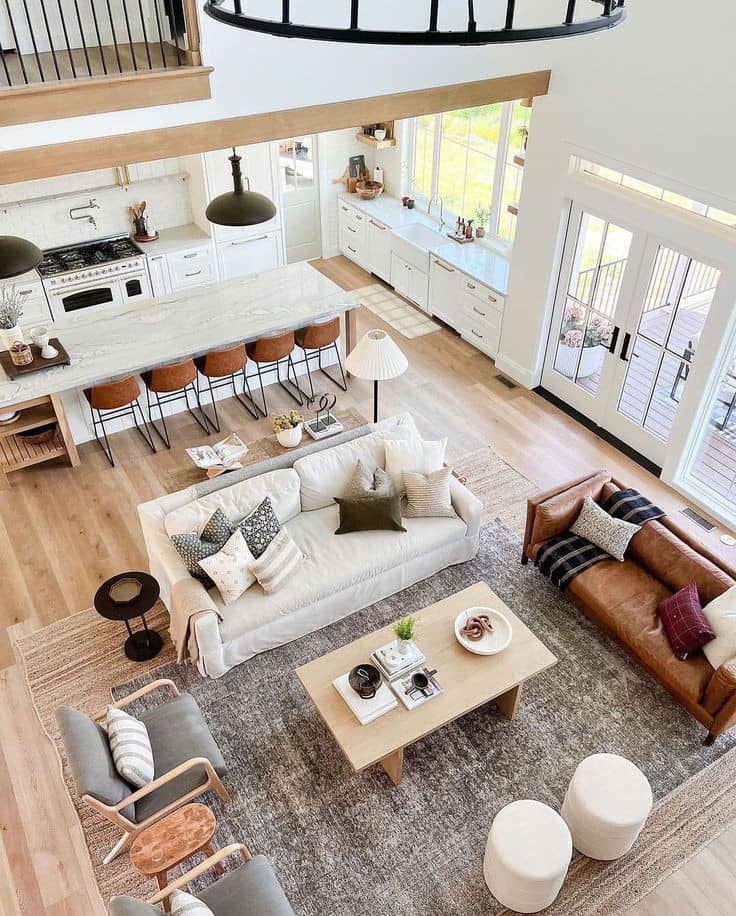
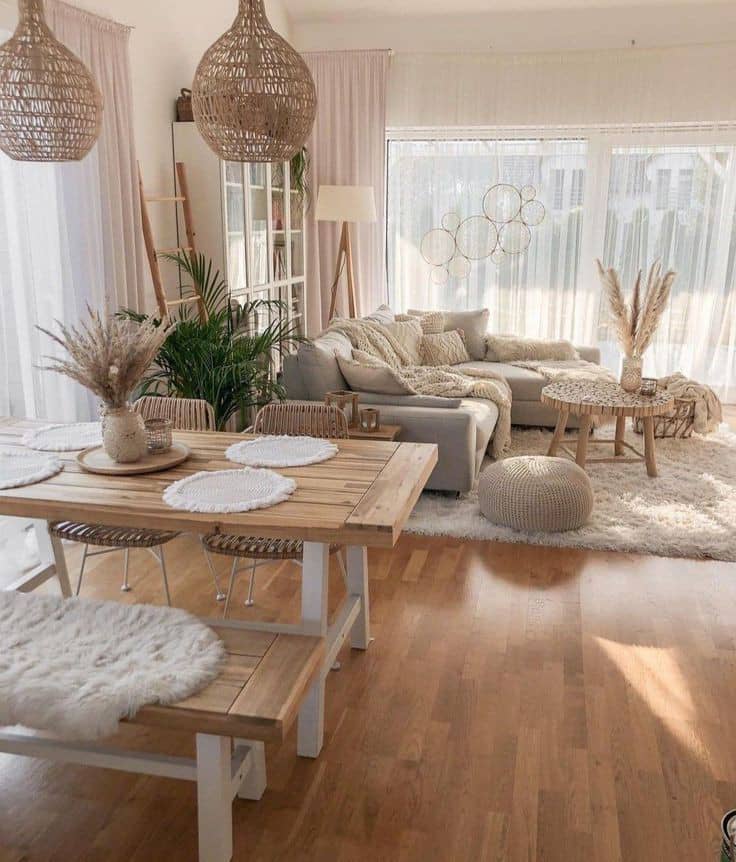
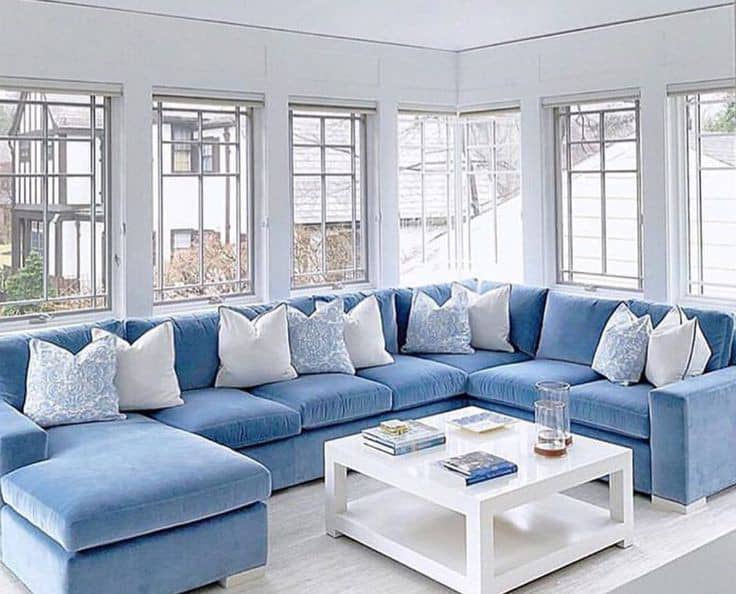

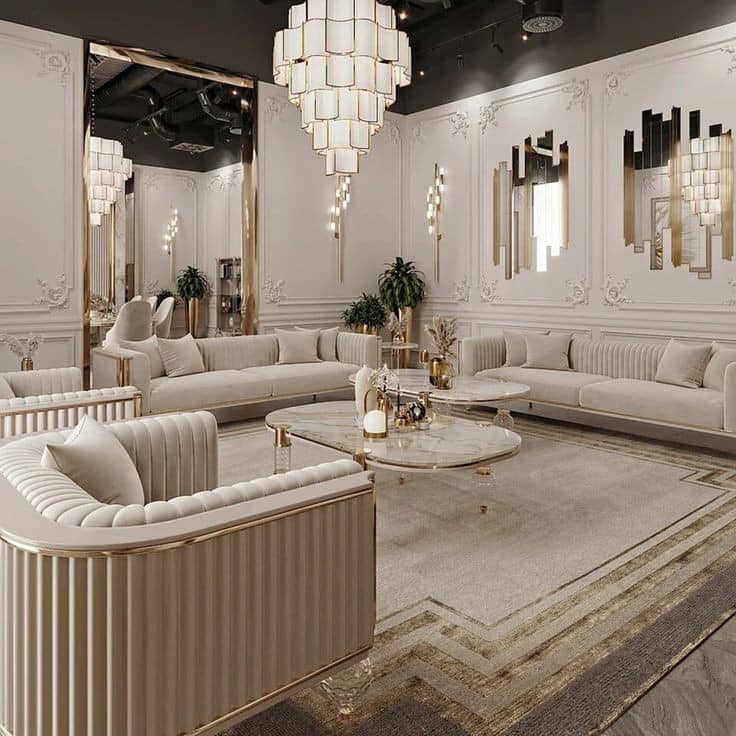
Benefits of Interior Designs
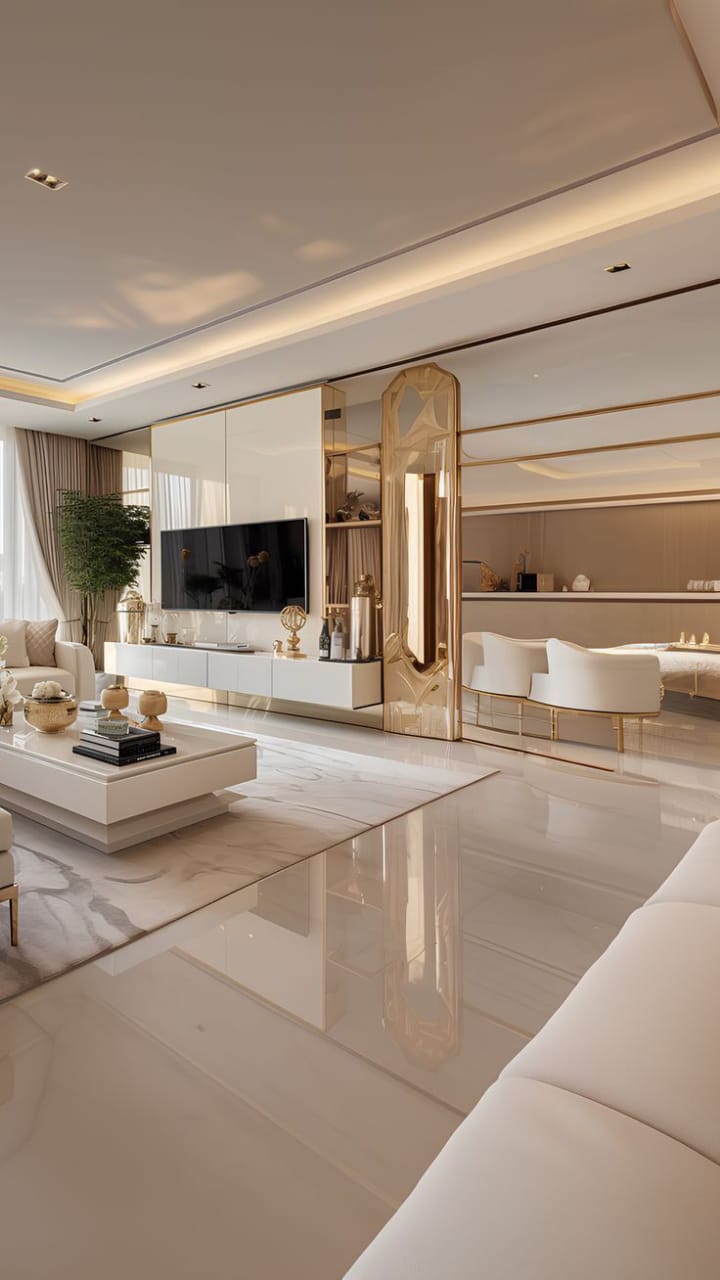
Interior Designs bring out the beauty in our living Space.
That warm and cozy comfort feeling one gets being surrounded at a gracious friendly dinner time is how the beauty of an interior design can lift a visitor’s spirit. An aesthetically pleasing and comfortable space makes visitors and owners feel relaxed. The bright colors and space functionality blend, giving a feel of a lively scent that we breathe in being in such an abode.
Beauty is embedded in color therapy (from the psychology of color). This fascinating subject has been adapted by smart interior designers who understand its worth and hence harness the power of color. The right and thoughtful use of colors can subtly influence how a room makes you feel. From calming colors like blue and green most familiar in meditation studios and yoga classes to warm colors like yellow, orange, and red in restaurants and fast-food joints that are thought to stimulate the human appetite.
Interior designers focus in choosing colors that occupants find uplifting and that is the beauty!
Space management
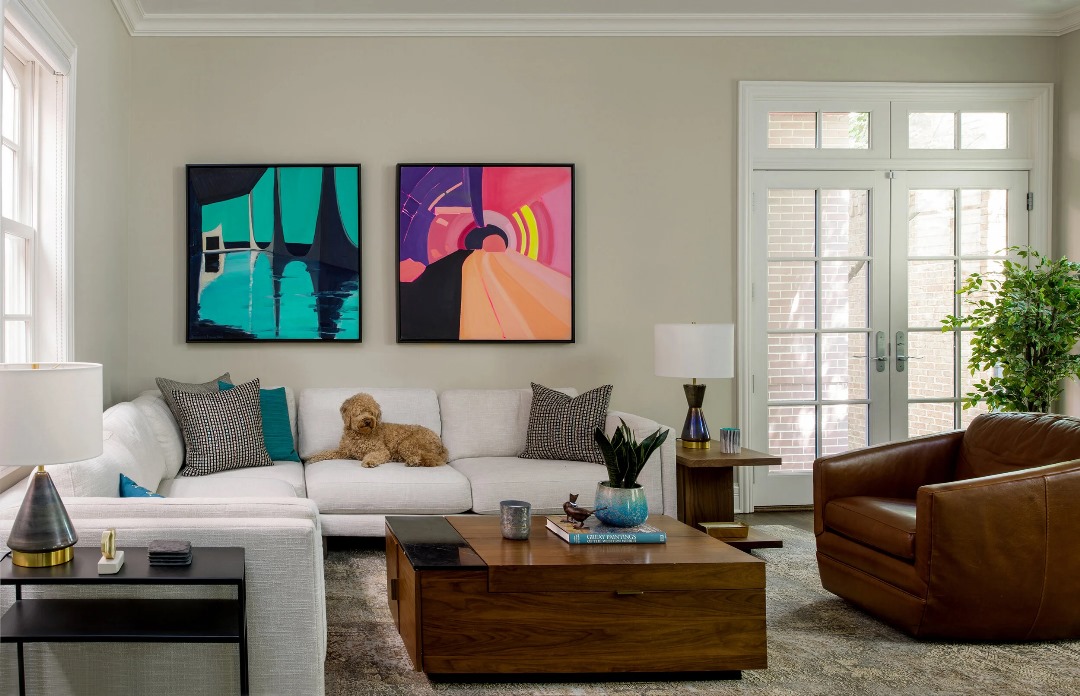
This is a core factor when choosing a type of Interior design to go with interior design. This benefit of interior designs has the power to make living spaces more compelling, attractively amplifying our experiences in them. Some interior designers also specialize in creating spaces that are accessible and inclusive for people with disabilities, providing comfort.
Interior Designs increase the quality and value of a home.
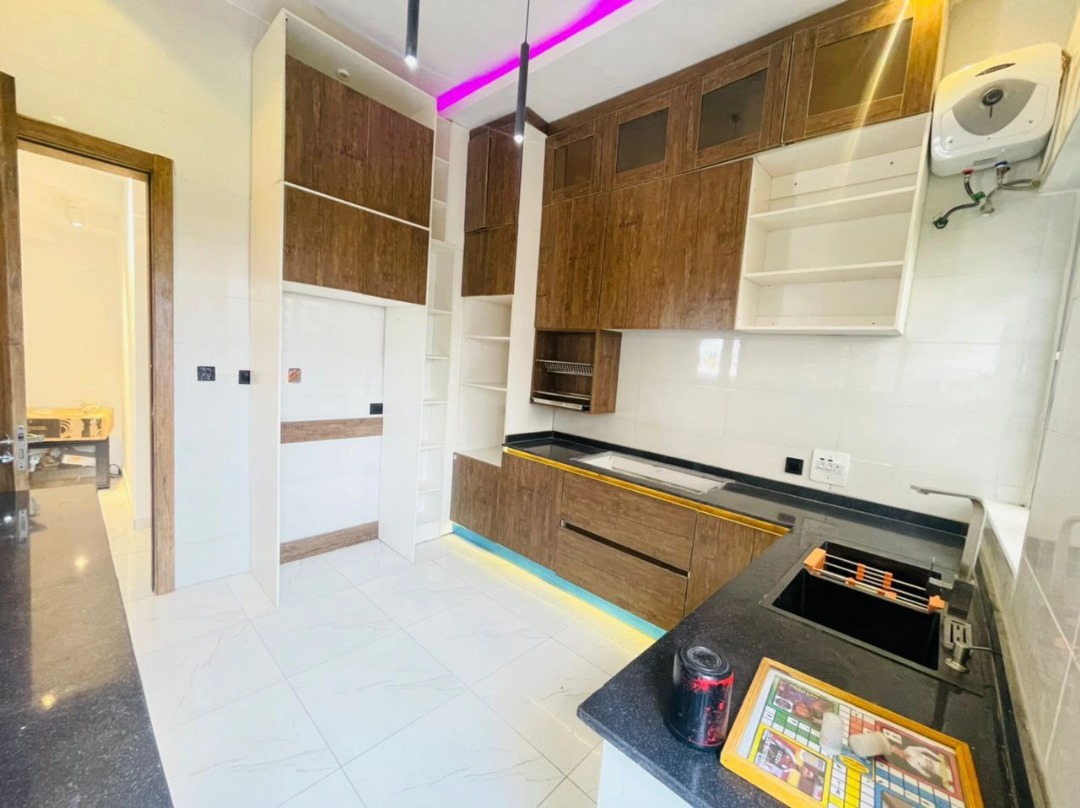
The value of a property lies in how well furnished it is kept. Rich space functionality is important, and it is all about how the space will be used and what the occupants’ needs are. For instance, a bedroom that is designed with comfortable bedding and a layout that is easy to use speaks highly of the bedroom value. Also, a kitchen designed with enough space to cook meals, with counter space and storage spaces to store food and cooking supplies gives the property a bump in value.
Enhancement of the quality of life
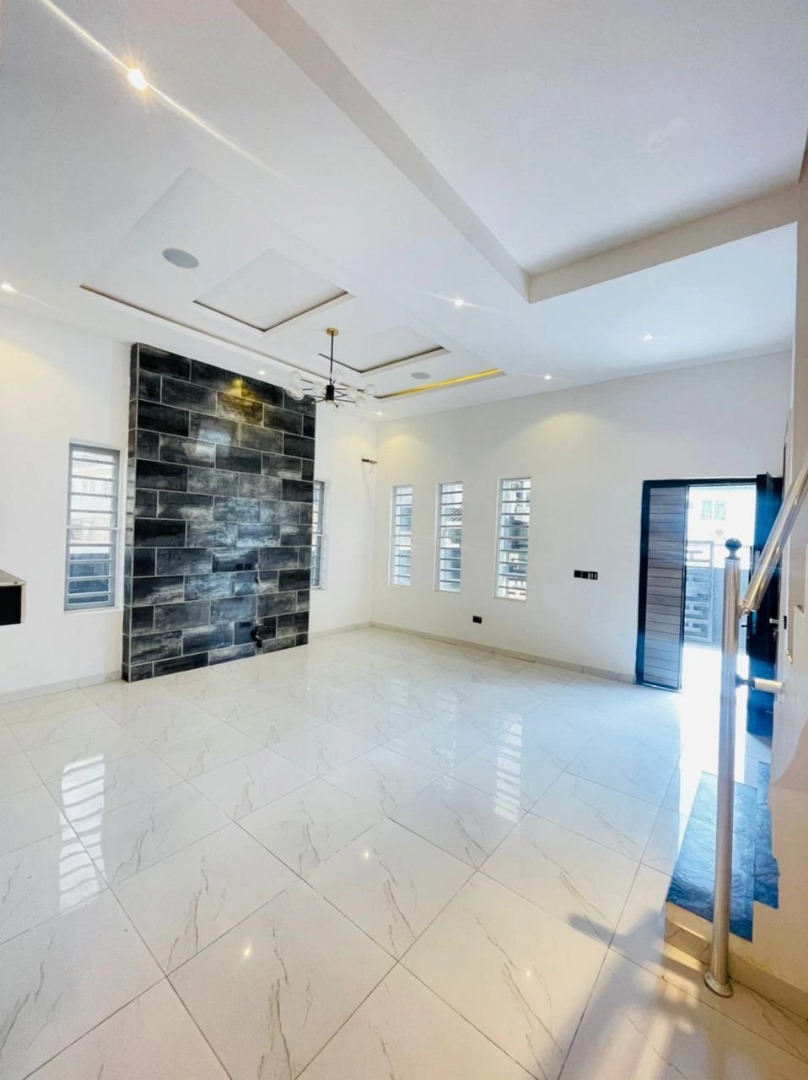
On the most basic level, a good interior design improves the quality of life of its occupants by being better suited to its purposes. Take An instance for the home, a bedroom is designed to be more relaxing. In the case of an office, it calls for a good design that will make it more focused and efficient.
Tips for creating beautiful and functional home interior design.
· Ensure to research budget-friendly Interior Decors:
What you can afford. No one wants to be stuck crying over spending too much on hiring a home or office interior designer or having not the capability to pay the contractor after the job has been done. Always go for what you can afford.
· Maintenance Cost: Maintenance cost is also another factor to consider when going for home or office interior decorations. If it will be too expensive to maintain it is advisable to leave it.
· Electricity Dependence: Most interior designs work effectively and come alive with electricity running costs taken care of. It would be wise to factor this into consideration before choosing such decoration. Electricity supply deficiency is a problem in some parts of the world.
· Avoid interior designs that take more space than necessary.
· Ensure you go for interior designs that are easy to use and navigate around.
Advice for people thinking about redesigning their home interior.
- Know and go for your money’s worth.
- Choose Interior Designs that improve your space
- Try looking for colors that affects your mood
- Go for a design that lets you express yourself: This is not overselling it; your living space should speak more about your personality. It is usually what you want to tell others about yourself without actually saying it. What others can learn about you? What your visitors can observe and take home when they visit you. These are some of the messages about you, your living space sends to your visitors. The ability to strengthen and enhances the already existing good qualities possessed by an occupant, family, or office giving them a tangible form in space is a product of a great design.
- Always go for Interior Designs that maximize your space: Interior experts focus on imploring wonderful ways to get the most out of your living space. This involves improvements to make your space flow easily and more conveniently in your everyday life. These are achieved by tailoring the designs to your exact lifestyle and needs.
Read More Post Like This…
Conclusion
We have discussed a lot here and we would love to know what you think. Do you think you have what it takes to turn your home around to have that homely feel and look? Let us know in the comment section below. If you are looking to retouch your home or office, kindly contact us here.



This post enlightened me more on how important designs are most especially in our homes
Thank you, I’m glad I could be of help.
Very Nice
Thank you
Nice
Thank you
Wow! What a nice write up on creating beautiful and functional home interior design. This helps a lot. Thanks
❤️
Nice
Thank you.😊
Amazing, Keep it up👍
Thank you sir.😊
This is nice
Thank you.😊
So enlightening and interesting to read
❤️